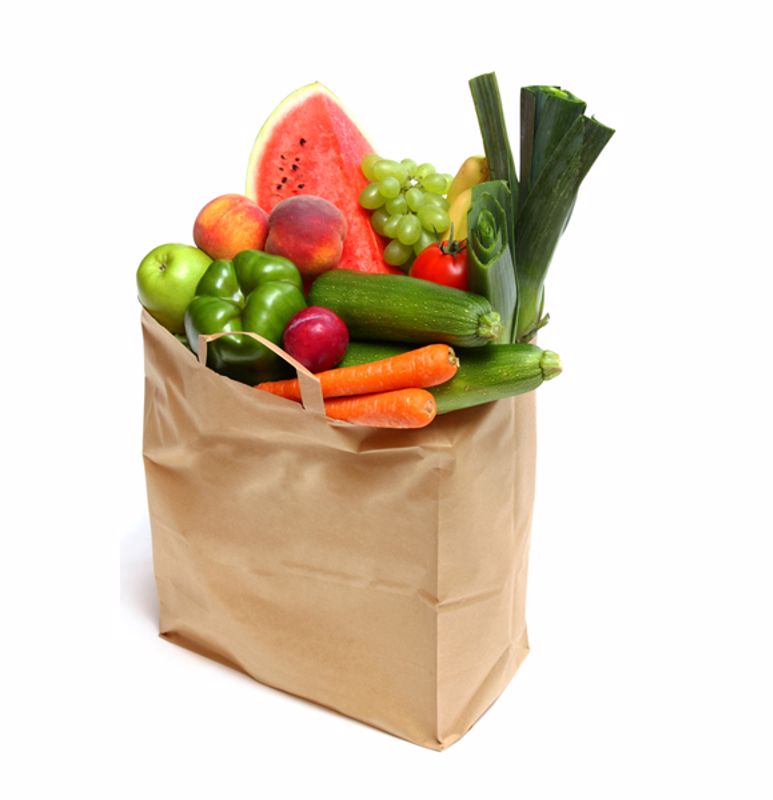The market for home delivery is growing
The pandemic brought significant interest in grocery home delivery, no longer would people have to leave their homes and risk illness to get basic supplies. The market boomed, and hasn't stopped booming as more consumers have caught on to the convenience of not having to go to the stores for their basic necessities. According to ResearchandMarkets.com, the market for at-home delivery was around $25 billion in 2020, and is expected to skyrocket to $72 billion by 2025. With this growing market, it's no wonder that technology companies have jumped at the opportunity to become WebVan 2.0, with grocery companies also following the trend, looking to engage their customers with deals and direct delivery.

How grocery companies can make their last-mile deliveries more efficient and appealing
Fulfilling customer orders can be a tall order for many grocery chains, especially when requests are coming in at high volume. There are some tips and tricks however that could help organizations modify their stores and practices to accommodate e-commerce while still pleasing their traditional brick and mortar customer base.
The first thing to consider is setting standards for delivery packing. Customers receiving damaged goods or bruised fruit will blame the organization that brought it to them — ultimately negatively impacting brand recognition. Ideally, an organization will have standards and practices that minimize the risk of this happening, leaving fresh groceries at the front door.
Some larger grocery chains have also been considering changing their store layouts. As Supply Chain Dive reports, some grocers moved their fresh sections to the front to preserve a sense of freshness and personality, while they push aisle products. Heavily shopped items however, get moved to the margins of the store in order to ease fulfillment while hiding the visual of large crowds. Other chains have focused more on shopping efficiency, creating zones in larger flagship stores that act as shoppable de-facto warehouses that host their most frequently bought products - reducing crowing and speeding up item procurement.
The world of grocery shopping is changing and stores have to be prepared to change with it. Whether it's a small store implementing its first online ordering system staffed by internal people, or a large chain that works with technology companies to create massive ordering systems, there is a sea change in how people interact with stores.



Post A Comment:
0 comments so far,add yours